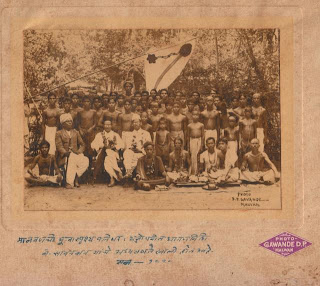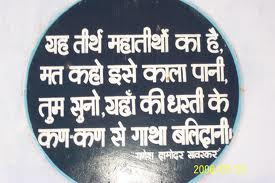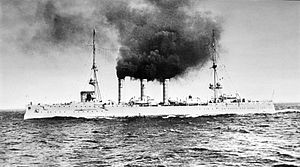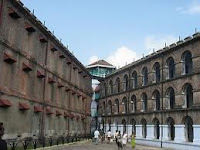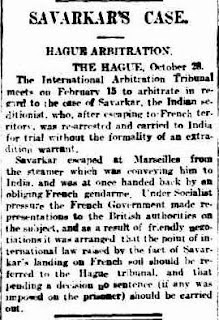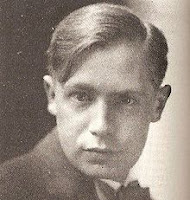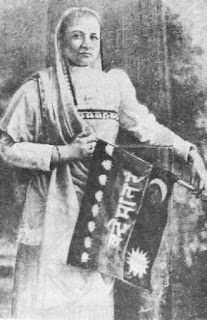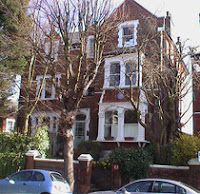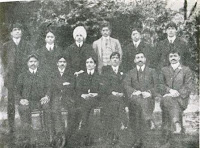
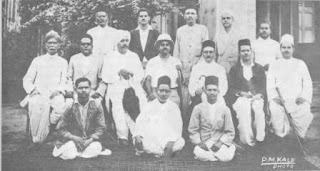 |
| Savarkar with some co-workers in the Social Reforms Movement at Ratnagiri |
Savarkar’s zeal for social reform stemmed from his abiding faith in humanism. He considered his deeds in the social sphere to be even more important than his spectacular escape from the ship into the ocean. Here are some of his thoughts and words on the subject:
(1) “Just as I feel that I should rebel against foreign rule over Hindustan, I feel I should rebel against caste discrimination and untouchability.”
(2) “He who wants to truly serve the nation should champion that which is in the interests of the people irrespective of whether it is popular or not.”
(3) “working in the social field is like walking on a bed of thorns. It is not for the faint-hearted!”
(4) “To regard our 70 million co-religionists as ‘untouchables’ and worse than animals is an insult not only to humanity but also to the sanctity of our soul. . . . eradication of untouchability is the foremost and absolute dharma.”
· As always, Savarkar advocated swadeshi in Ratnagiri too. He pushed a cart of swadeshi goods and ran an operation to see that swadeshi goods were being sold (and bought) in stores. A staunch advocate of dignity of all labor, he even fluffed mattresses.
· He had extensive discussions with RSS founder Dr. Hedgewar regarding his proposed organization.
· While in Ratnagiri Savarkar carried out his work for the freedom struggle secretly. He also opposed the separation of Sind from the Bombay Presidency and exhorted Hindus to enroll themselves as Hindus in the successive Census.
· The police had had a sharp eye on him; his house was frequently searched. On January 10, 1925, a new weekly Shraddhanand was started in which he voiced his views on the politics of India and social reforms with a pseudonym. Most people were unaware it was Savarkar.
· May 10, 1937: by the efforts of Barrister Jamnalal Mehta, Savarkar was released unconditionally from his internment at Ratnagiri.
- Anurupa


